

Collared Flycatcher
AGE – BEST CRITERIA:
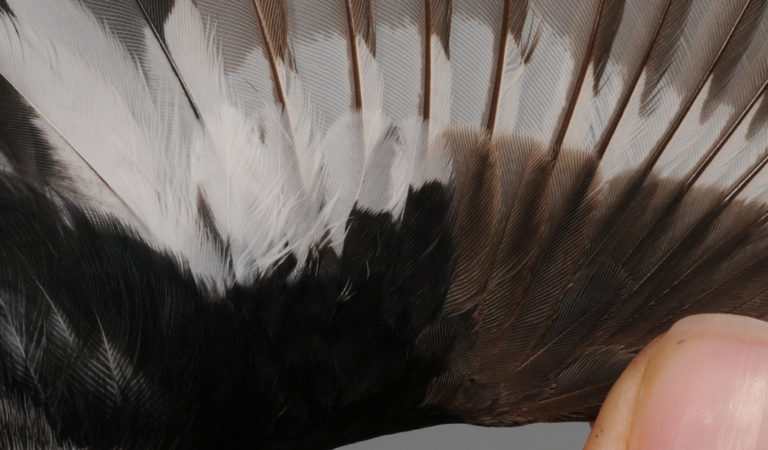
2cy May (male). Like in all birds (regarless of age) inner GC are fresh pre-breeding, dense and show typical black-and-white pattern. Relevant for ageing, outer GC1-3 are still juvenile, reckognized by being worn and pale brownish. Note that the white wedge shaped tips seen in juvenile GC during the autumn are less obvious (or even absent, like here) on the outer GC, and since these are the only juvenile GC still left in spring, the character is less straight forward to use by then. [CV04414]
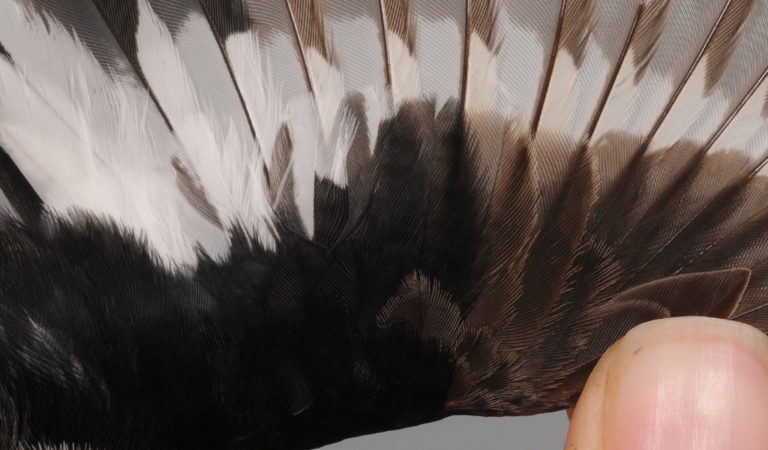
2cy May (male), showing variation with moulted pre-breeding GC3-10 contrasting to juvenile remaining GC1-2. It should be born in mind that some individuals (not shown here) may show a sudden change in colour of the GC, although the feathers are still of the same generation. Such pattern may easily be misread as a moult contrast. [CV04413]
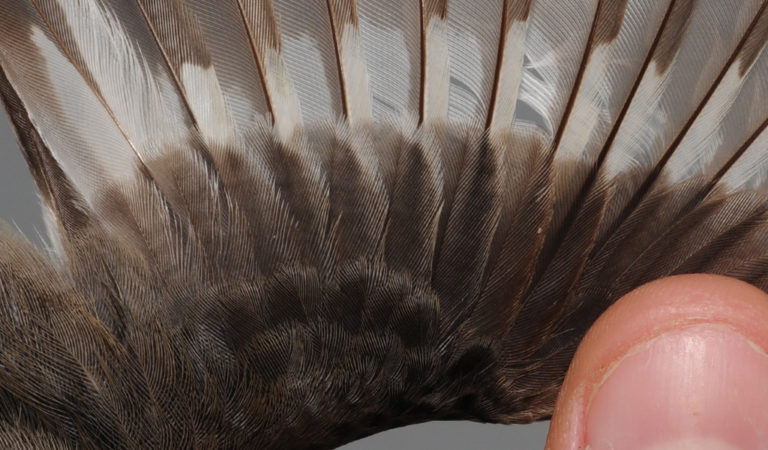
2cy May (female). Females are generally harder to age since it's more difficult to judge wether the outer unmoulded GC are juvenile or post-breeding than in males. Here, outer GC1-2 are juvenile, more worn, less dense and often slightly narrower compared to the post-breeding versions that an 3cy+ would have shown (see below). [CS70044]
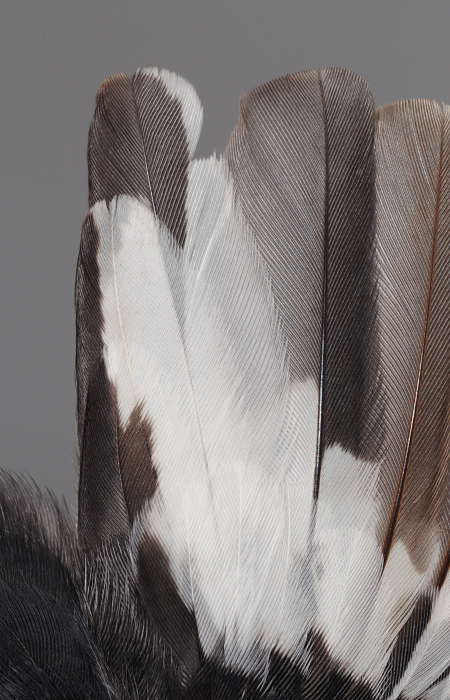
2cy May (male). More or less all individuals (regardless of age) include all three TT in the pre-breeding moult, which makes them less useful for ageing. Many birds, like this one, also include one (or sometimes more) SS. [CN94679]
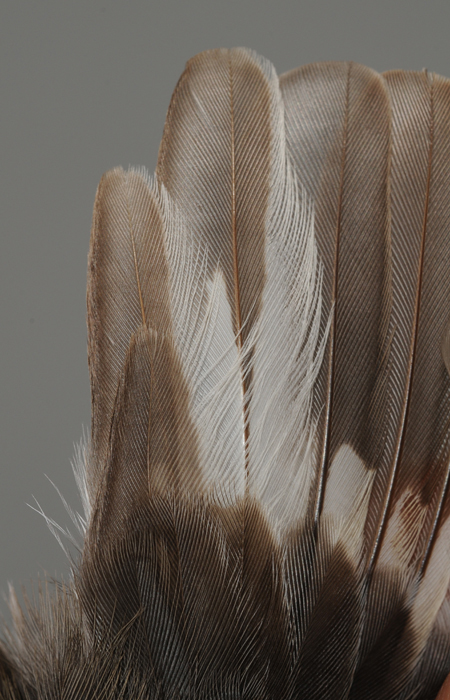
2cy May (female). According to Cramp et al. (1993) TT are included in the pre-breeding moult (like in hypoleuca). However, at Ottenby we regularly handle females with TT that was not moulted during the winter (obviously older and more worn than inner pre-breeding GC). Any existence of sexual differences in the extent of the moult remains to be proven. [CS70044]
More Ficedula albicollis:
Sexing spring
Ageing autumn
Sexing autumn
Moult
Identification
Ringers’ DigiGuide is sponsored by: